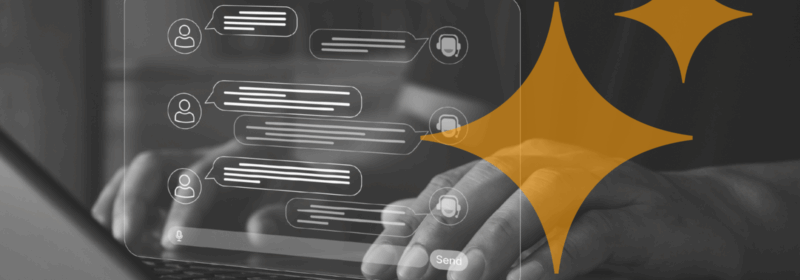Category: Best Practices and Tutorials

A Complete Guide to the AI App Development Process
Explore the AI app development process from start to finish, including key steps, tools, and strategies for creating intelligent applications.

Event-Driven Data Migration & Transformation using Couchbase Eventing Service
Event-driven migration turns a one-time MongoDB export into a durable transformation pipeline for clean, query-ready data in Capella.

An Overview of Unstructured Data Analysis
Learn how unstructured data analysis helps organizations extract insights from text, images, and more to drive smarter business decisions.

Building an AI Agent with Couchbase MCP and cagent
By making AI Agent development as simple as writing a YAML file, cagent makes it intuitive to build AI applications.

How to Calculate TCO for NoSQL Databases
Learn how to calculate total cost of ownership (TCO) for NoSQL databases, including all hidden expenses, to make smarter cost-saving decisions.

How to Clone Couchbase Clusters for CI/CD On-Demand Ephemeral Environments
We share scripts and a practical approach to clone all buckets of a cluster, a specific bucket, scope, or collection, from one Couchbase cluster to another.

What is Prompt Engineering? Techniques, Examples, and Tools
Learn what prompt engineering is, with key techniques, examples, and tools to create more accurate, effective prompts for AI models.

How I Built a Plant RAG Application with Couchbase Vector Search on iOS
Everything runs on-device using Couchbase vector search. No internet required, no photos sent to servers, just pure local plant identification magic.

Framework vs. Platform: Key Differences and When to Use Each
Learn the difference between frameworks and platforms, with examples and guidance on when to use each in software development.

High Availability vs. Fault Tolerance: Key Differences
Compare high availability and fault tolerance, and learn how each architecture minimizes downtime and prevents service disruptions.

Couchbase Integration with Hyperledger Fabric: A Technical Deep Dive
What is Couchbase? Couchbase is a distributed NoSQL document database that provides a flexible, high-performance, and scalable data management solution. It combines the best features of document databases with key-value stores, making it well-suited for modern application development.

Vector Database vs. Graph Database: Differences & Similarities
Explore the differences and similarities between vector and graph databases, and learn which is best for your desired use case.
Top Posts
- Capella AI Services: Build Enterprise-Grade Agents
- Enterprise Analytics Now Available on Microsoft Azure
- The Dawn of a New Cloud Cycle
- Semantic Search vs. Keyword Search: What’s the Difference?
- Data Modeling Explained: Conceptual, Physical, Logical
- Data Analysis Methods: Qualitative vs. Quantitative Techniques
- What are Embedding Models? An Overview
- Application Development Life Cycle (Phases and Management Models)
- What Is Data Analysis? Types, Methods, and Tools for Research